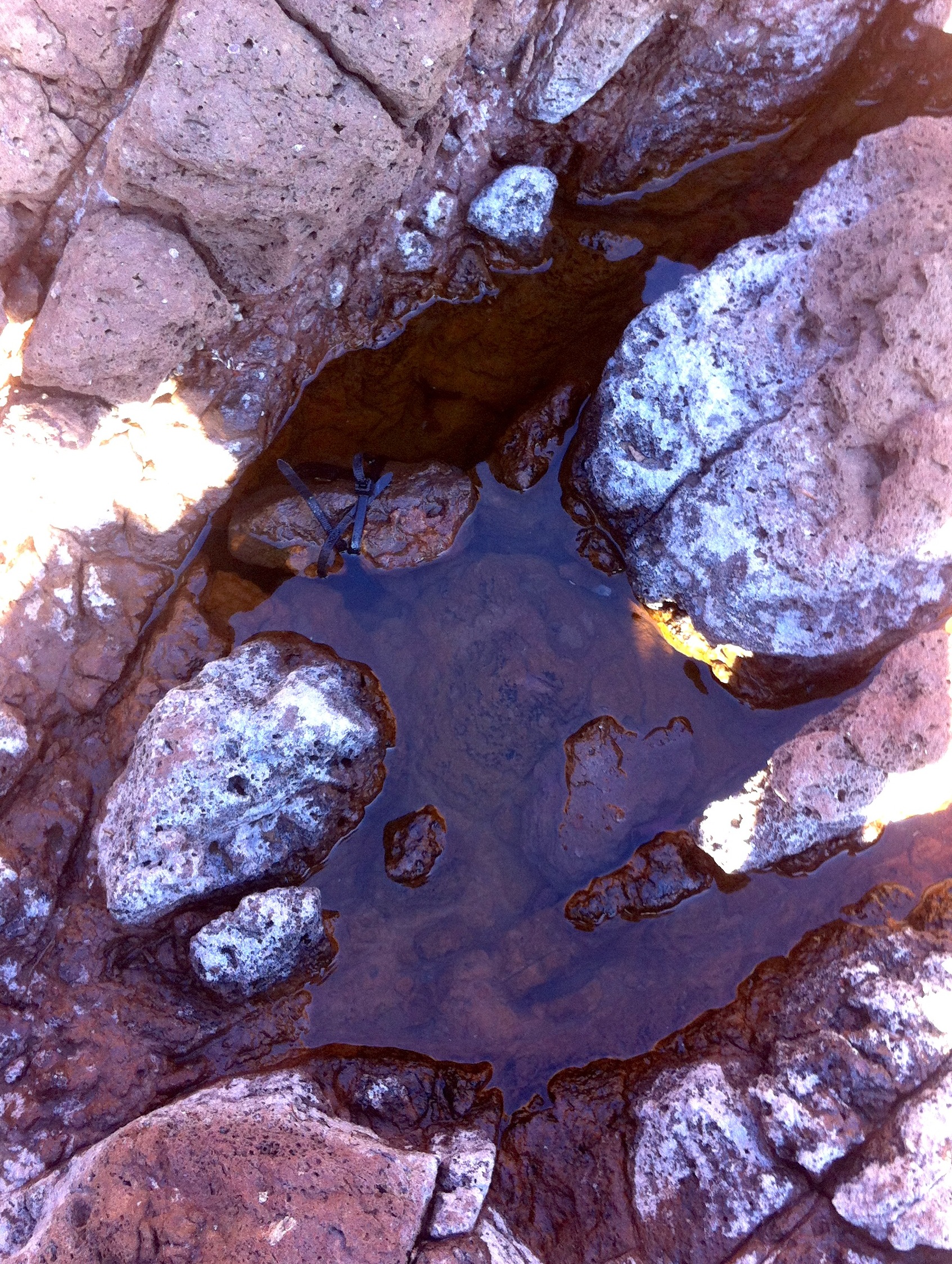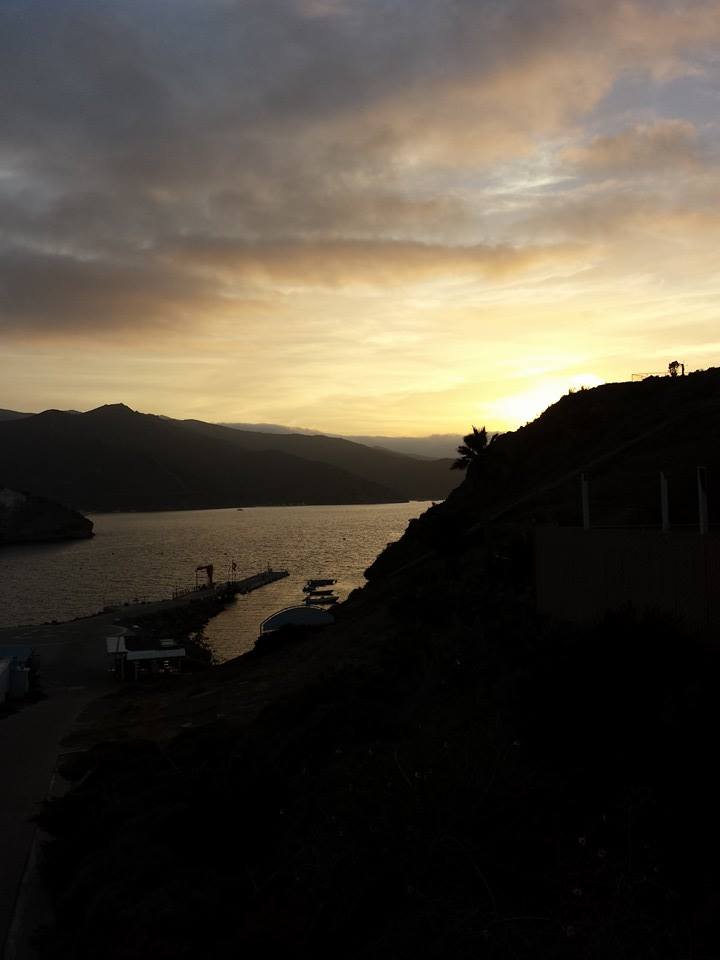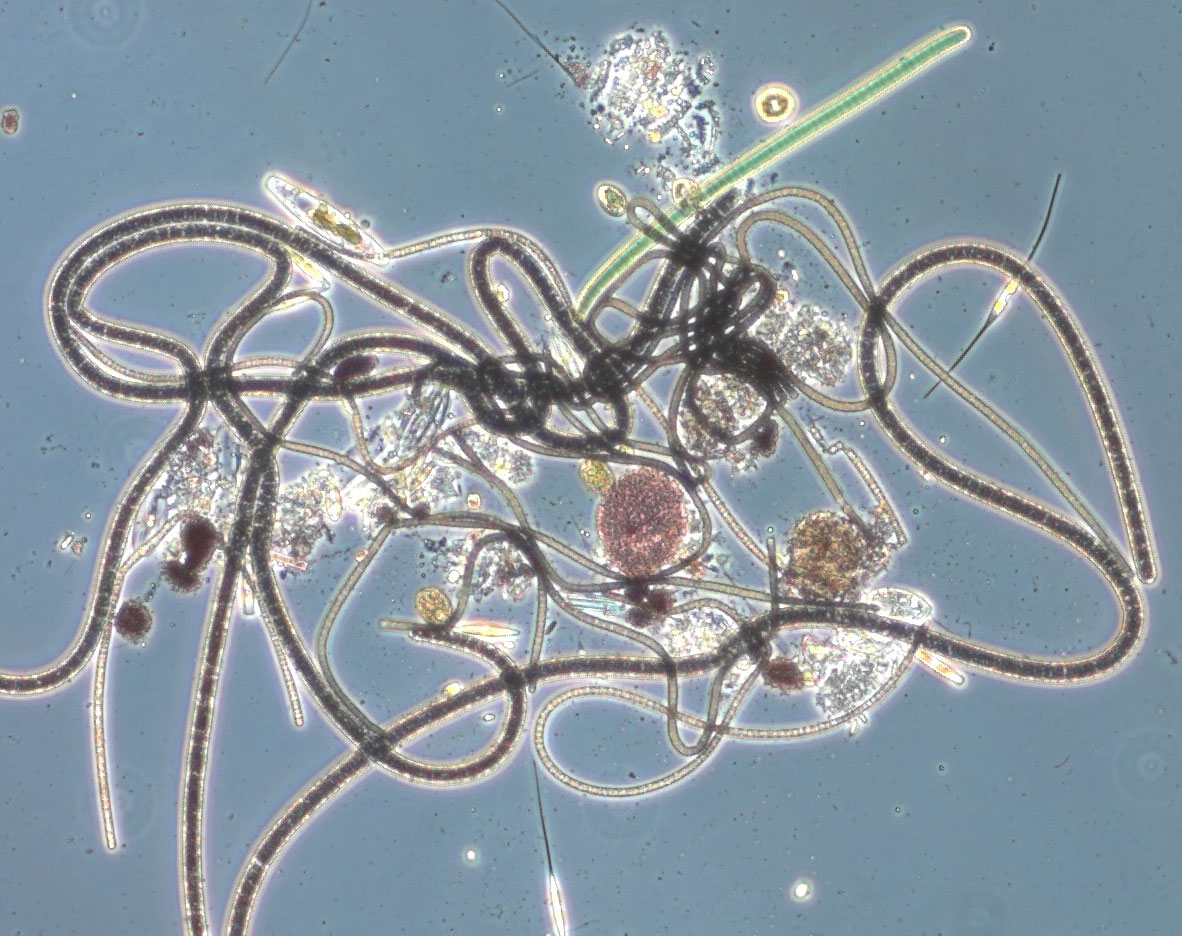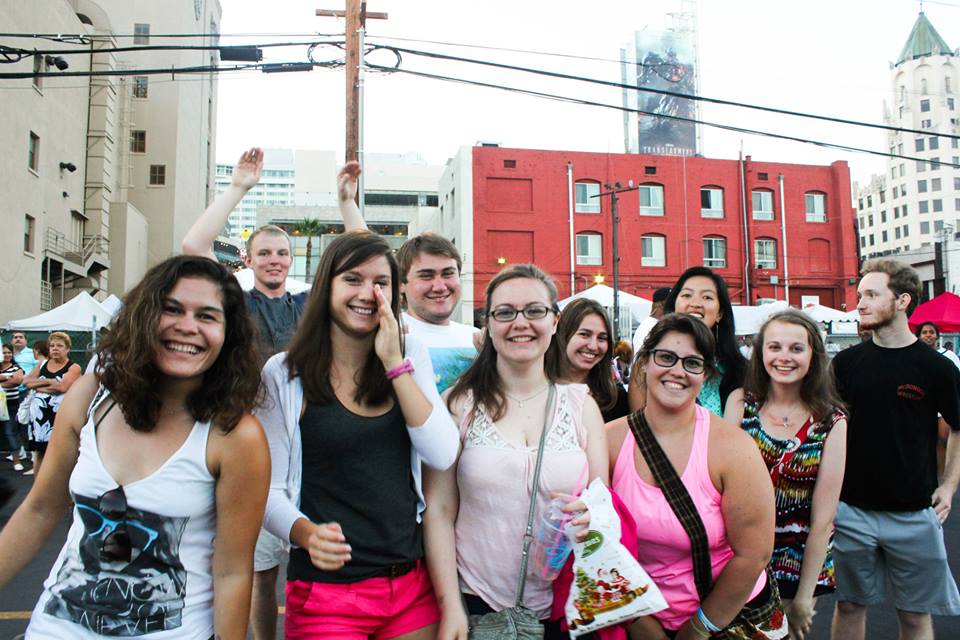USC Wrigley Institute – wrigley.usc.edu
By Patrick Sun
“In this world nothing can be said to be certain, except death and taxes.” – Benjamin Franklin
I’m certain that somewhere, I have an economist or tax lawyer counterpart doing great work studying taxes. But as a biologist, I have the opportunity to study one of life’s great quandaries: life and death.
As a Wrigley Marine Science Center Summer Graduate Fellow, I’ve been granted the opportunity to do graduate research at the Catalina tide pools behind the Wrigley Marine Science Center this summer, studying natural fluctuations in the pools. An interesting observation my team and I have made is that these tide pools often dry up, and in the process become very unpleasant places to live. Eventually most of their inhabitants must either leave (few can) or die (most do). For perspective, one of these pools in the process of drying out has reached salinity levels 300% above normal seawater. My eyes already sting when seawater gets in them. I’m fairly certain my eyes would shrivel up and fall out (only slightly exaggerating) if they came in contact with this pool of water.

A tide pool drying out, with salinities +100 psu. White residue around the edges is salt. Small crustaceans know as copepods continue to be found alive in these pools despite the extreme environments.
Yet life continues in this harsh environment, in the form of small crustaceans called copepods. My research team and I are interested in understanding how life can continue and how long it will persist. In other terms, we are studying the process of local extinction. We also plan to document how fast life returns once these pools are refilled with seawater during the wetter seasons. In a sense, we are studying the life cycle of the tide pool.
All this talk of life and death may makes the natural world seem cold and calculating. But I believe there is a lot of love in nature (evident by this heart shaped cactus!).
I also believe as we study the world around us, it is studying us. The other day, I had an ambassador from Bird Island visit me and examine my scientific equipment. I’m certain it was just a safety inspection. I hope I passed.
Thanks for reading! If you have any question please let me know at patricys@usc.edu. I encourage you to continue your own exploration of life’s beautiful intricacies.






